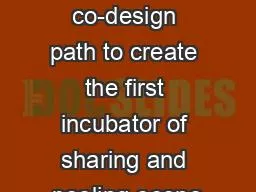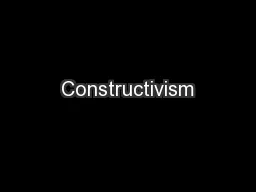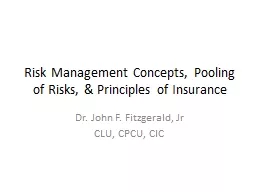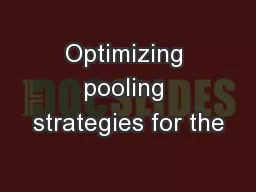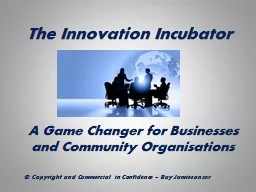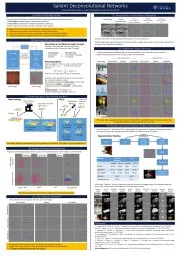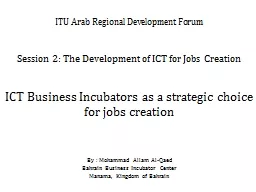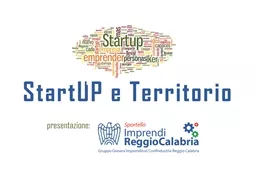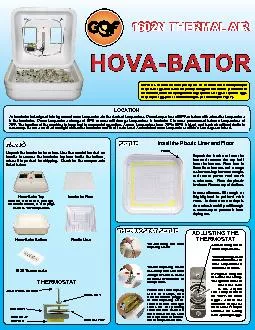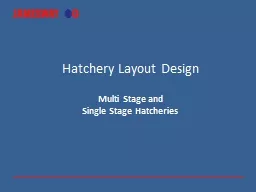PPT-Collaboratorio Reggio A co-design path to create the first incubator of sharing and
Author : sialoquentburberry | Published Date : 2020-06-23
Reggio Emilia launched in 2015 the pilot experience called Quartiere Bene Comune which promotes public participation and civic engagement in every neighbourhood
Presentation Embed Code
Download Presentation
Download Presentation The PPT/PDF document "Collaboratorio Reggio A co-design path..." is the property of its rightful owner. Permission is granted to download and print the materials on this website for personal, non-commercial use only, and to display it on your personal computer provided you do not modify the materials and that you retain all copyright notices contained in the materials. By downloading content from our website, you accept the terms of this agreement.
Collaboratorio Reggio A co-design path to create the first incubator of sharing and: Transcript
Download Rules Of Document
"Collaboratorio Reggio A co-design path to create the first incubator of sharing and"The content belongs to its owner. You may download and print it for personal use, without modification, and keep all copyright notices. By downloading, you agree to these terms.
Related Documents

